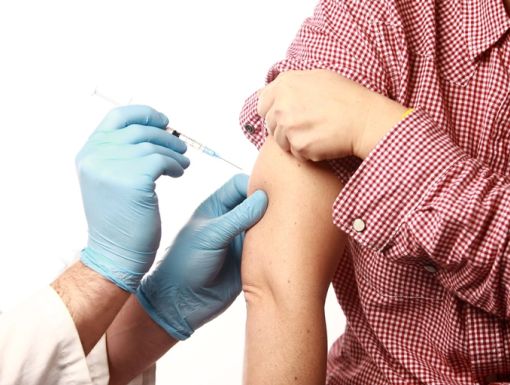
How to Make Your Flu Shot Quick and Painless
Getting your annual flu shot can help protect you from various strains of the flu, can lessen the severity of the illness, if you do end up getting the flu, and prevent hospitalization.
Who should get a flu shot?
The Centers for Disease Control and Prevention (CDC) recommends an annual flu vaccine for everyone six months of age and older. This recommendation is rooted in data showing the vaccine’s effectiveness. Getting a flu shot is a personal decision and should be discussed with your doctor or healthcare provider.
What are the main flu vaccine benefits?
The primary benefit of the flu vaccine is its ability to prevent influenza illness. Even if you do get sick, the vaccine can significantly lessen the severity of your symptoms.
Flu vaccine benefits include:
- Preventing you from getting sick with the flu.
- Reducing the severity of your illness if you do get the flu.
- Lowering your risk of flu-related hospitalization and death.
- Protecting vulnerable people around you, including infants, older adults and those with chronic health conditions.
If you and your healthcare provider have decided that the flu vaccine is beneficial for you, the shot doesn’t have to be painful.
How to reduce flu shot pain or soreness
For some, the thought of getting a shot can cause anxiety. However, you have the power to make your flu shot experience a quick and comfortable one. A little preparation goes a long way.
Here are four effective flu vaccine tips to help you prepare.
1. Relax your arm: When you arrive for your vaccination, take a moment to breathe deeply. Tense muscles can make the injection feel more like a pinch. To relax your arm, try placing your hand on your hip and letting that shoulder drop. This simple action loosens the muscle, allowing for a smoother experience. When your arm is relaxed, the flu shot can be an in-and-out experience.
2. Choose your arm wisely: Deciding which arm to use for the vaccine is a personal choice, but planning ahead can improve your post-vaccine comfort.
- Dominant arm (the one you write with):
- Pro: You naturally move this arm more throughout the day. This increased movement helps work the vaccine into the muscle tissue more quickly, which can relieve soreness faster.
- Con: If you do experience soreness, you will notice it more as you use this arm for daily tasks like writing, typing and lifting.
- Nondominant Arm:
- Pro: Since you use this arm less, you may be less aware of any potential soreness.
- Con: Reduced movement might cause the vaccine to linger at the injection site, potentially prolonging any discomfort.
3. Stay hydrated: Make sure you drink lots of water before and after getting your flu shot. When your body is hydrated your muscles can recover from the injection and move the medication throughout your body much more efficiently.
4. Consider an over-the-counter pain reliever: If you are prone to soreness or have felt unwell after previous vaccinations, an over-the-counter pain reliever like acetaminophen or ibuprofen can help. Taking it before your appointment can act as a preventative measure against tenderness. It can also manage the low-grade feverish feeling some people experience as their immune system responds to the vaccine. This is a normal sign that your body is building protection.
You can get your flu shot at the most convenient source, either through Primary Care, Urgent Care or your closest pharmacy.
Schedule your flu shot appointment today! Visit an Ochsner Primary Care location.



